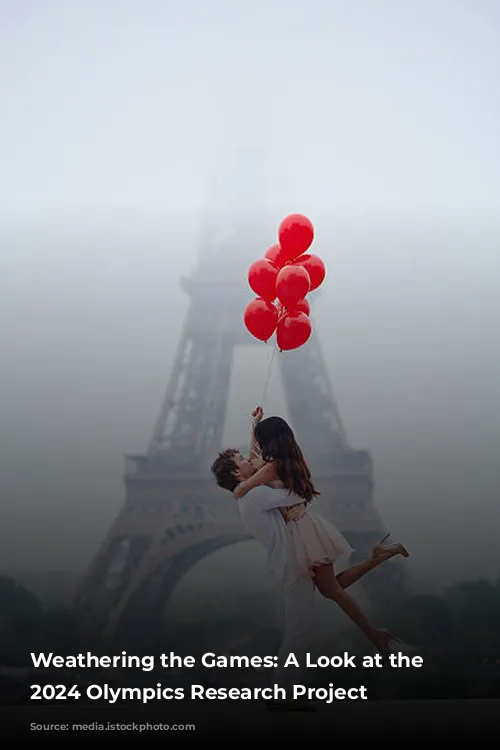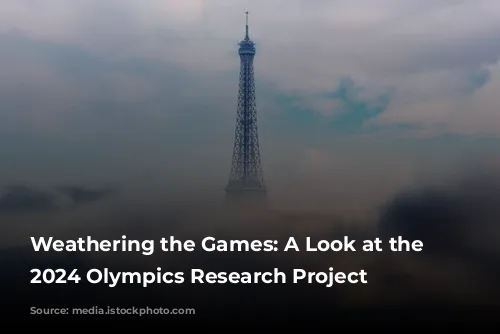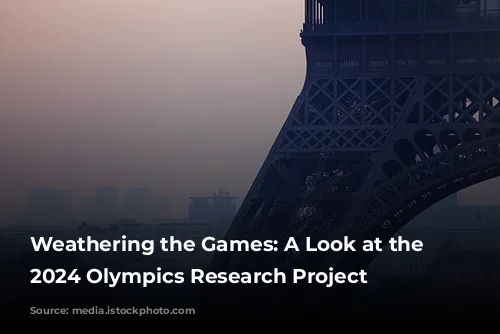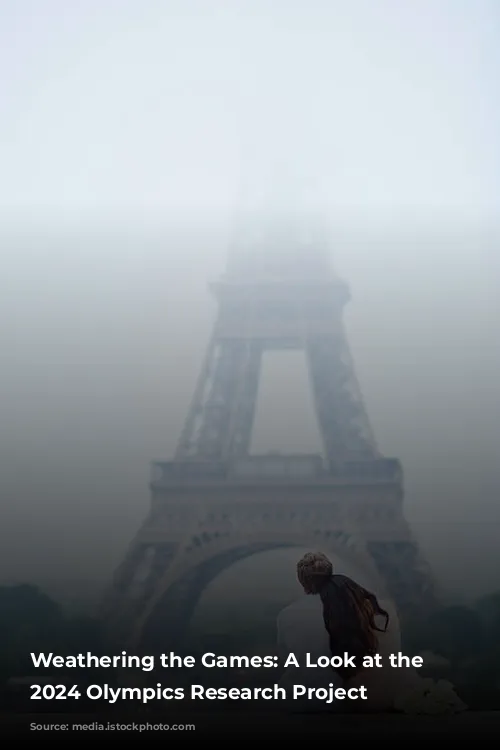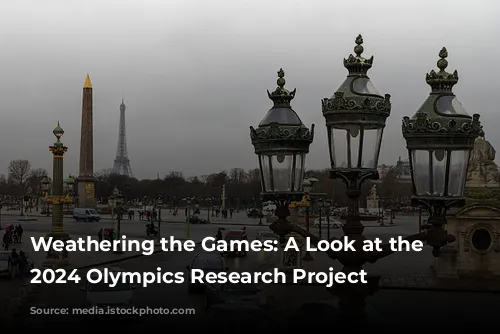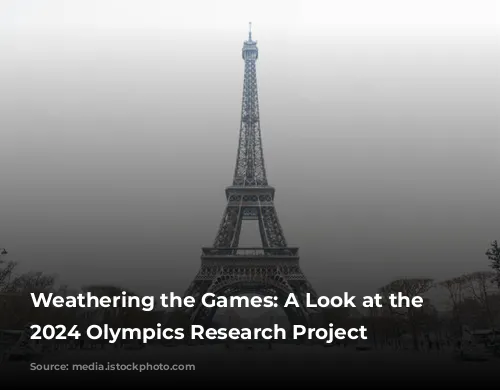The Paris 2024 Olympics is not just about sporting glory; it’s also a chance to advance meteorological research. This research demonstration project, backed by the World Meteorological Organization (WMO), brings together meteorological services and universities from around the globe. From Austria to China, scientists are collaborating to improve weather forecasting for urban areas, focusing on the unique challenges presented by dense cities.
This exciting project will be conducted in parallel with Meteo-France’s regular forecasting services, ensuring the safety and success of the Games. It will run throughout the duration of the Olympics, from July 26th to August 7th.
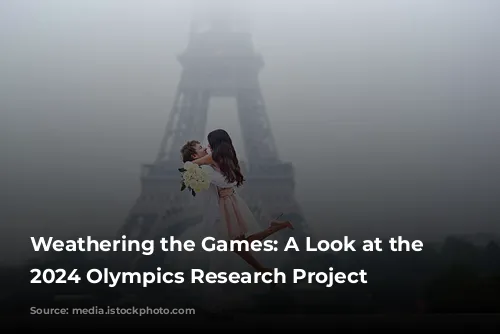
Weather and the Games: More Than Just Rain or Shine
Weather plays a critical role in major sporting events. Accurate forecasts are essential for event scheduling and athlete performance. Imagine thunderstorms interrupting a track and field event or intense heat affecting marathon runners. These challenges highlight the need for reliable weather information.
Beyond impacting athletes, weather also influences the safety of spectators, support staff, and transit operations. This project aims to improve forecasting for all these aspects, ensuring a smooth and successful Olympics.
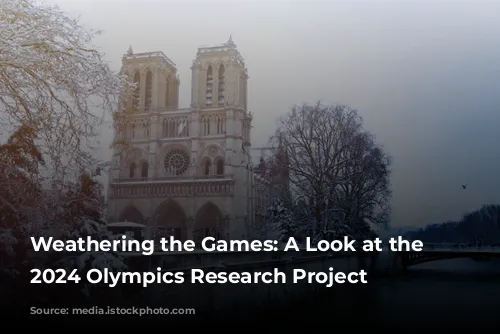
Zooming In: The Importance of Urban Meteorology
The Paris Olympics research project is specifically focused on urban meteorology. Dense urban areas, with their high-rise buildings and concrete infrastructure, pose unique challenges for weather forecasting. These “urban jungles” create microclimates that differ significantly from surrounding areas, with heat islands and air pollution being major concerns.
With over 3.5 billion people living in urban areas, the need for accurate urban weather forecasts is growing rapidly. This project seeks to refine numerical weather prediction (NWP) models to better capture these complex urban environments.
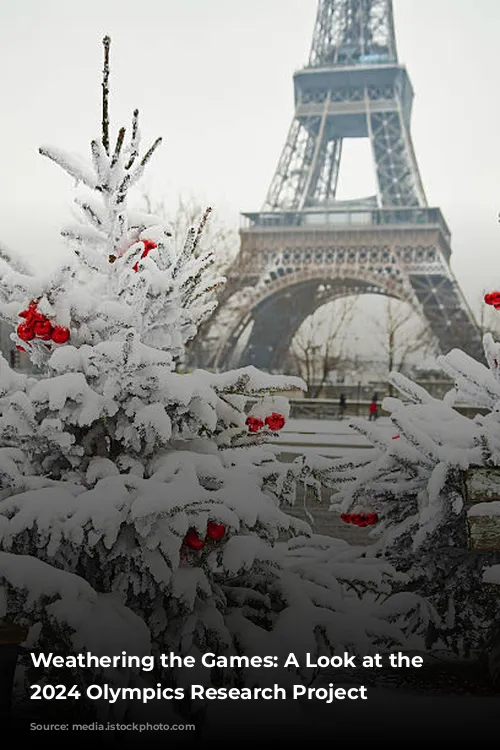
Building on Past Success: From Sydney to Paris
The Paris project builds upon previous research efforts during the Sydney 2000 and Beijing 2008 Olympics. These studies focused on short-term forecasting, known as nowcasting, for thunderstorms at a regional scale. However, the resolution of these models wasn’t detailed enough for dense urban areas.
Recent advances in urban meteorology, such as the Tokyo Metropolitan Area Convection Study, have provided valuable insights into extreme storm events in cities. The Paris project aims to push these advancements even further.

Five Key Questions: Guiding the Research
The Paris 2024 Olympics research project is organized around five key scientific questions:
- Nowcasting and NWP in cities at 100m resolution: How can we develop highly detailed weather forecasts for urban areas?
- High-resolution thunderstorm nowcasting in the urban environment: Can we predict thunderstorms with greater accuracy in cities, taking into account urban heat islands and air quality?
- Nowcasting and forecasting in coastal cities: How can we improve weather forecasts for coastal areas, like the Marseilles site of the Olympics?
- Big data and non-conventional data: How can we use alternative data sources, like satellite images and citizen observations, to improve our forecasts?
- Delivering tailored information: How can we effectively communicate weather, climate, and environmental information to decision-makers at the local level?
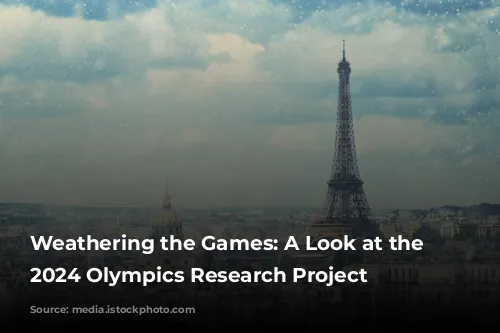
The Power of 100m: Refining NWP Models
Numerical weather prediction (NWP) models are essential tools for forecasting weather. To accurately capture the complex interactions within urban environments, we need models that operate at 100m horizontal scales.
These high-resolution models can better simulate the interplay between the atmosphere and the Earth’s surface, including urban structures, mountains, coastlines, and water bodies. This allows for more accurate predictions of small-scale weather events, like thunderstorms, fog, urban heat islands, and sea breezes.
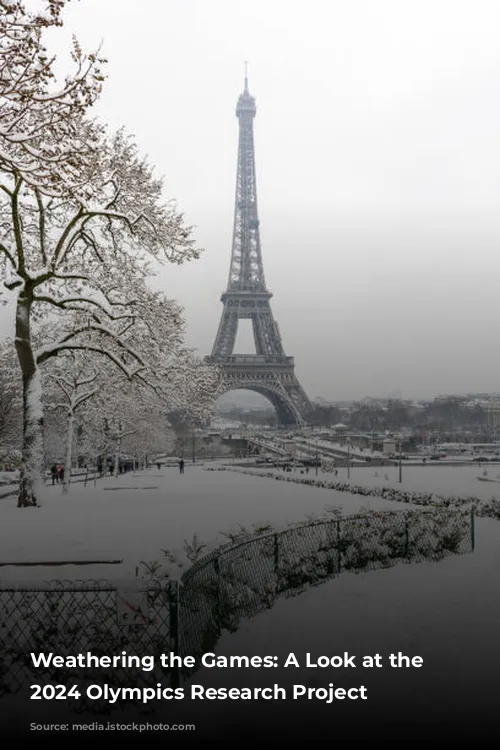
Focusing on Three Key Areas: Air Quality, Modeling, and Social Science
The Paris 2024 Olympics research project is organized around three key focus areas:
1. Air Quality Group
Air pollution is a major concern in urban areas, with high concentrations of pollutants like nitrogen oxides and particulate matter. This project will use detailed modeling to better understand the health impacts of these pollutants.
Two intercomparison exercises will be conducted:
- Regional concentrations during summer heat episodes: This exercise will focus on ozone concentrations, which are often high during heatwaves.
- Local urban concentrations: This exercise will examine the variations in pollutant concentrations within different parts of the city.
2. High-resolution modeling (Intercomparison)
Several different modeling centers will participate in this project, providing near real-time forecasts using hectometric models (models with a 100m horizontal resolution).
These models will be analyzed daily during the Olympics and Paralympics, both in real-time and retrospectively (comparing to observations). This will allow researchers to compare the strengths and weaknesses of these high-resolution models to existing kilometric and global scale models.
3. Social Science Study
This study aims to improve communication and comprehension of weather forecasts for large-scale sporting events.
The project will focus on understanding how forecasters formulate their advice for decision-makers. It will also consider the impacts of extreme heat on health, morbidity, and mortality, as well as the communication of this information to stakeholders.
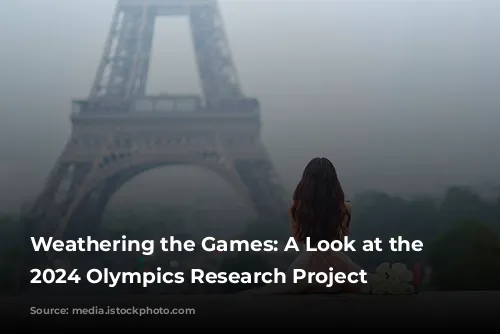
Weathering the Future: A Legacy of Innovation
The Paris 2024 Olympics research demonstration project is a testament to the importance of weather forecasting in our increasingly urban world. By focusing on high-resolution models, urban-specific challenges, and communication strategies, this project will advance meteorological knowledge and help ensure a safe and successful Games. The legacy of this research will extend far beyond the Olympics, providing valuable insights for urban planning, environmental management, and public health.
